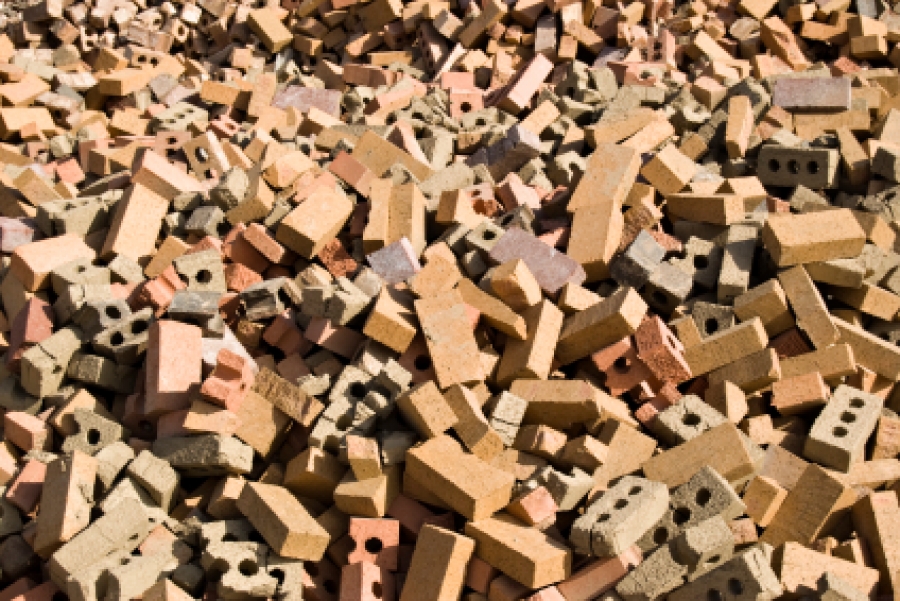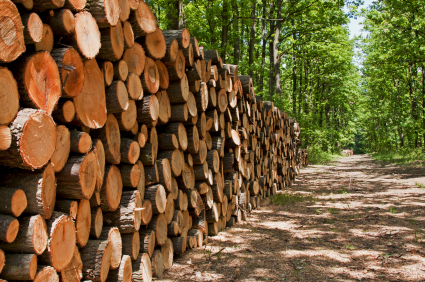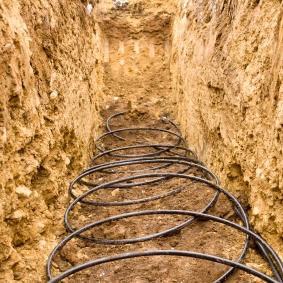Challenges of Building Green: Material Selection
Sustainability is quickly becoming a mainstay of the building industry. Although a builder’s motivation for embracing sustainable practices may vary from personal values, to code adherence, to marketing strategy, to owner expectations, there’s no doubt that sustainability is having a major impact on the way we build. The selection of sustainable materials has become one the most challenging aspects of building green, due to the overwhelming availability of product options, negative connotations and misunderstandings related to green terminology, and the industry-wide need for education on sustainable technologies. If you are attempting to cut through the clutter when it comes to material selection, consider these suggestions from some of the industry’s leading sustainability professionals.

Think Beyond Green
“Many builders and homeowners hear the word 'green' and just assume it’s going to cost more,” says Dr. Jennifer Languell, president of Trifecta Construction Solutions. “The reality is that there is no difference between a green home and a well built home,” says Languell. “It’s really just about ensuring the building envelope is sealed, choosing efficient mechanical equipment, and selecting healthy, durable finishes.”
Languell said that once a builder understands the material choices from a quality-built perspective rather than through the lens of green, it becomes much easier to select the right products for that specific environment and budget.
“Sustainable construction is challenging builders and their subcontractors to deliver better and more thoughtful construction. This ultimately results in a better home for the buyer." Dennis Steinhauer, Archer Construction, Inc.
Marc Bluestone, president of Home Green Home, agreed that simplifying the product selection process requires thinking beyond the terminology. “Green has become a politically charged and divisive term, and in many cases people assume it will be money spent for no direct benefit,” says Bluestone. “Builders and owners need help understanding and justifying sustainability investments.”
Stay Grounded in Building Science
According to Sloan Ritchie, owner of Cascade Built, building sustainably has become a way of life for his company. “It’s the only way we build, so it’s just part of our everyday practices,” says Ritchie. “Yet, we continually strive to learn new and better practices while staying grounded in building science.”
“We use a lifecycle analysis approach and incorporate low cost strategies, such as advanced framing, better-than-code insulation and windows, and airtight construction, into every project,” says Ritchie. “But when it comes to determining the ‘green-ness’ of materials, that’s where it gets tricky.”
Ritchie adds that it’s important to keep the overall goal of durability in mind when selecting materials. “Not every new method or product is going to stand the test of time,” he explains.
Consider Geography
The material selection process is complicated by the need to look at the home holistically, as opposed to making one-off product decisions. Languell says it’s imperative that builders understand how all the technologies work together in order to make smart, cost-effective decisions.
“It’s really important to take a systems approach and be flexible throughout the process,” says Languell. “You can’t just do what you’ve always done; you have to be willing to consider changing your building practices for the sake of building a better home.”
“Green has become a politically charged and divisive term, and in many cases people assume it will be money spent for no direct benefit. Builders and owners need help understanding and justifying sustainability investments.” Marc Bluestone, Home Green Home
Languell also says that looking at products individually can be misleading in terms of overall cost and performance impact. “For example, spending $600 on insulation can often be a better choice than spending $6,000 on a photovoltaic system,” she says. “You have to think about the technologies that make the most sense in your specific climate or region and determine what’s going to be the most effective solution over the life of the structure.”
“The overall concept should be the same regardless of geography, but the specific solutions should vary based on individual climate,” says Languell. “It’s not one-size-fits-all.”
Holly Hawkins, director of sustainable services for Tri-North Builders, reiterates the importance of investigating sustainability choices from a geographical perspective. “Careful consideration is required to ensure you are choosing the best material for that particular project and that particular area,” says Hawkins.
Think Long-Term
Product decisions, although influenced by factors such as geography and owner values, often come down to immediate cost. According to Earl Yi of Associated Renewable, Inc., it’s important to approach the product selection process with the mindset of long-term return on investment (ROI).
“Companies often gravitate toward the most immediate, least expensive solutions, but we advocate a more thorough approach,” says Yi. “When you are working with building managers and boards, capital costs are likely to be scrutinized, but it’s imperative to educate on the return on investment and view choices from a longer-term perspective.”
“It’s really important to take a systems approach and be flexible throughout the process. You can’t just do what you’ve always done; you have to be willing to consider changing your building practices for the sake of building a better home.” Dr. Jennifer Languell, Trifecta Construction Solutions
Bluestone echoes this same sentiment. “There continues to be a mindset that the lowest price should always win,” he says. “That mentality is not compatible with building a high-performance home where products and construction details matter much more.” Bluestone says that builders need to be knowledgeable and understand why spending a few dollars more at the onset can be the right decision for the long-term value of the home. He adds, “It always amazes me that people will happily spend $10,000 to upgrade a kitchen countertop, yet will not similarly spend to reduce their energy usage and cost by a significant amount."
Get Educated
The experts agree that thoughtful and efficient product selection all comes down to one critical factor -- education.
“Customers tend to gravitate toward the most known, visible choices, but these may not always be the best bang for your buck,” says Languell. “We all need to become better informed and share this knowledge with others.”
According to Dennis Steinhauer, owner of Archer Construction, Inc., education and leading by example is what wins his customers over to the practices of building sustainably. Although it may be frustrating at times, he says the end result is worth it. “When it comes to trying to convince an owner to spend a little extra on sustainability, it can be like pushing a string,” says Steinhauer. “But when they see the extra sustainability efforts that we put out as a company and the total buy-in from the field, it’s amazing how they can come around.”
Despite the challenges associated with sustainable material selection, the consensus is that the confusion, hassle, and effort will eventually have a long-lasting, positive impact on the building industry. “Sustainable construction is challenging builders and their subcontractors to deliver better and more thoughtful construction,” Steinhauer says. “This ultimately results in a better home for the buyer.”

Lisa Taylor Minor
Lisa Taylor is a freelance writer and marketing consultant. She has more than 16 years of experience as a communications professional and has worked with a variety of companies in the home products and building materials industry. Originally from Memphis, TN, Lisa earned a BA in Journalism from the University of Memphis in 1995 and a MA in Journalism from the University of Memphis in 1997. She spent the first 11 years of her career working in account service for Memphis advertising agencies Thompson & Company, Oden Marketing & Design, and Carpenter/Sullivan. Lisa then spent five years in Nashville, TN, with The Buntin Group, an Adweek Top 100 U.S. advertising agency, and Louisiana-Pacific Corporation, a leading manufacturer of building materials. Lisa currently lives in Denver, CO, and is Principal/Owner of Wazee Marketing.
Website: www.wazeemarketing.com


